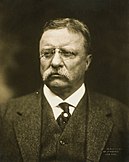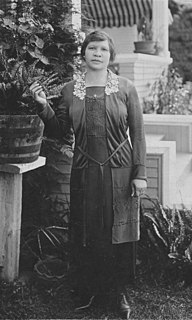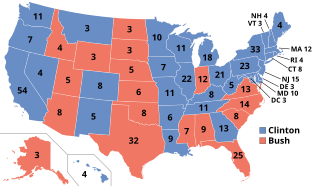
The 1992 United States presidential election was the 52nd quadrennial presidential election. It was held on Tuesday, November 3, 1992. Democratic Governor Bill Clinton of Arkansas defeated incumbent Republican President George H. W. Bush, independent businessman Ross Perot of Texas, and a number of minor candidates.
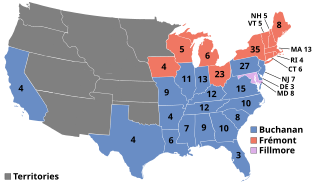
The United States presidential election of 1856 was the 18th quadrennial presidential election, held on Tuesday, November 4, 1856. In a three-way election, Democrat James Buchanan defeated Republican nominee John C. Frémont and American Party nominee Millard Fillmore.

The 1860 United States presidential election was the nineteenth quadrennial presidential election to select the President and Vice President of the United States. The election was held on Tuesday, November 6, 1860. In a four-way contest, the Republican Party ticket of Abraham Lincoln and Hannibal Hamlin emerged triumphant. The election of Lincoln served as the primary catalyst of the American Civil War.

The United States presidential election of 1888 was the 26th quadrennial presidential election, held on Tuesday, November 6, 1888. Republican nominee Benjamin Harrison, a former Senator from Indiana, defeated incumbent Democratic President Grover Cleveland of New York. It was the third of five U.S. presidential elections in which the winner did not win a plurality of the national popular vote.
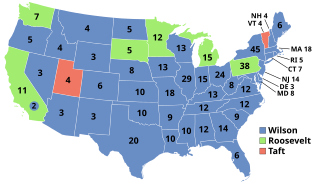
The United States presidential election of 1912 was the 32nd quadrennial presidential election, held on Tuesday, November 5, 1912. Democratic Governor Woodrow Wilson of New Jersey unseated incumbent Republican President William Howard Taft and defeated former President Theodore Roosevelt, who ran as the Progressive Party nominee. Roosevelt remains the only third party presidential candidate in U.S. history to finish better than third in the popular or electoral vote.

The United States presidential election of 1916 was the 33rd quadrennial presidential election, held on Tuesday, November 7, 1916. Incumbent Democratic President Woodrow Wilson defeated Supreme Court Justice Charles Evans Hughes, the Republican candidate. Wilson was the only sitting Democratic president to win re-election between 1832 and 1936.
Electoral fusion is an arrangement where two or more political parties on a ballot list the same candidate, pooling the votes for that candidate. Distinct from the process of electoral alliances in that the political parties remain separately listed on the ballot, the practice of electoral fusion in jurisdictions where it exists allows minor parties to influence election results and policy by offering to endorse or nominate a major party's candidate.

Third party is a term used in the United States for American political parties other than the Republican and Democratic parties.

In United States presidential elections, a faithless elector is a member of the United States Electoral College who does not vote for the presidential or vice presidential candidate for whom they had pledged to vote. That is, they break faith with the candidate they were pledged to and vote for another candidate, or fail to vote. A pledged elector is only considered a faithless elector by breaking their pledge; unpledged electors have no pledge to break.
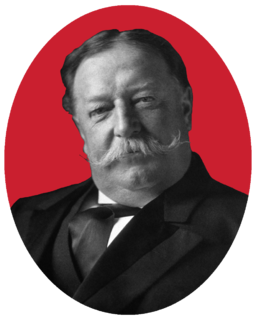
The 1912 National Convention of the Republican Party of the United States was held at the Chicago Coliseum, Chicago, Illinois, from June 18 to June 22, 1912. The party nominated President William H. Taft and Vice President James S. Sherman for re-election.
The Progressive Party of 1924 was a new party created as a vehicle for Robert M. La Follette, Sr. to run for president in the 1924 election. It did not run candidates for other offices, and it disappeared after the election. The party advocated progressive positions such as government ownership of railroads and electric utilities, cheap credit for farmers, the outlawing of child labor, stronger laws to help labor unions, more protection of civil liberties, an end to American imperialism in Latin America, and a referendum before any president could lead the nation into war.
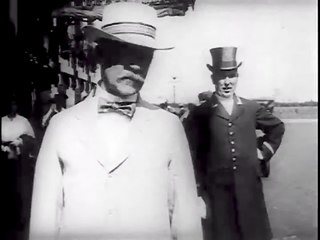
The 1916 Republican National Convention was held in Chicago from June 7 to June 10. A major goal of the party's bosses at the convention was to heal the bitter split within the party that had occurred in the 1912 presidential campaign. In that year, Theodore Roosevelt bolted the GOP and formed his own political party, the Progressive Party, which contained most of the GOP's liberals. William Howard Taft, the incumbent president, won the nomination of the regular Republican Party. This split in the GOP ranks divided the Republican vote and led to the election of Democrat Woodrow Wilson. Although several candidates were openly competing for the 1916 nomination—most prominently conservative Senator Elihu Root of New York, Senator John W. Weeks of Massachusetts, and liberal Senator Albert Cummins of Iowa—the party's bosses wanted a moderate who would be acceptable to all factions of the party. They turned to Supreme Court Justice Charles Evans Hughes, who had served on the court since 1910 and thus had the advantage of not having publicly spoken about political issues in six years. Although he had not sought the nomination, Hughes made it known that he would not turn it down; he won the nomination on the third ballot. Former Vice-President Charles W. Fairbanks was nominated as his running mate. Hughes was the only Supreme Court Justice to be nominated for president by a major political party. Fairbanks was the last former vice president, to be nominated for vice president.

Brian Patrick Moore is an American politician and founder of antiwar organization Nature Coast Coalition for Peace & Justice. He was the presidential nominee of the Socialist Party USA for the 2008 United States presidential election. He waged several campaigns for mayor and city council in Washington, D.C. and twice ran for the United States House of Representatives from Florida's 5th congressional district, winning none. He ran for the Democratic Party nomination for Governor of Florida in 2010, but lost in the primary election.
The California Progressive Party, also named California Bull Moose, was a third party that flourished from 1912 to 1944 and lasted through the 1960s.

Theodore Roosevelt's Progressive Party held its 1916 national convention, in conjunction with the Republican national convention. This was to facilitate a possible reconciliation. Five delegates from each convention met to negotiate.





